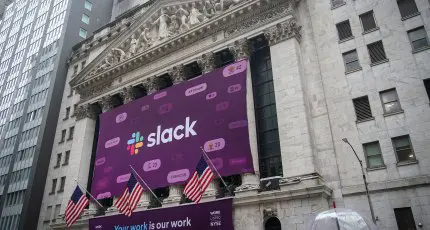Hello and welcome back to our regular morning look at private companies, public markets and the gray space in between.
As COVID-19 continues to changehow many workers and students approach their daily labors, demand for some remote work friendly products is booming. As
TechCrunch recently explored
, some startups are seeing interest accelerate for their products, services and wares.
The trend has become sufficiently acute that it’s common now to see jokes on Twitter from people fervently hoping that Zoom doesn’t crash as many American universities quickly move to leverage the popular video chat service.
Zoom
reported earnings earlier this month
, beating investor expectations for the past quarter, and forecasting revenues ahead of investor guesses for the current quarter and its full fiscal year. The 2019 IPO also noted that it could see gross margin erosion as usage of its product free tier accelerated ahead of monetization. The remote work boom is changing Zoom’s short-term economics, and, investors hope, its long-term growth curve.
Slack,
another recent public offering and remote work friendly tool, reported earnings yesterday
. Instead of it going well, shares in the American chat app quickly fell. TechCrunch noted at the time that this was likely due, in part, to its further forecast appearing light. After the report dropped, Slack posted a temporary recovery, opening down a more modest 6% today after posting a 20% drop after its figures first dropped. However, since then its shares have slid and are down 19% as I write to you.
This morning we’ll examine the company’s notes from its earnings call, mixing in fresh usage notes from Monday.com — another popular remote friendly software service, albeit one that is still private — and take a peek at new data that could help us illuminate growth trends in Slack’s battle with Microsoft’s competing
Teams
product.
The picture that emerges is somewhat complex, with Slack’s usage rising, but the firm hesitant to forecast present demand as future revenue as the world changes. But we can explain why the company’s shares fell and staged a recovery, albeit a temporary one. Let’s go.
 简体中文
简体中文

